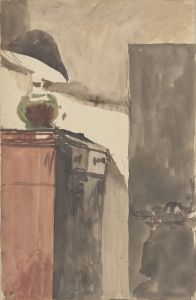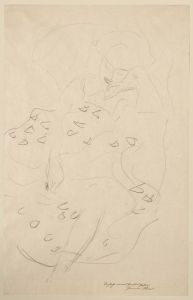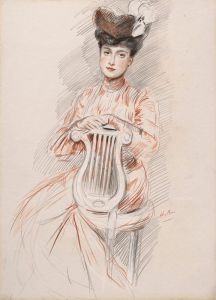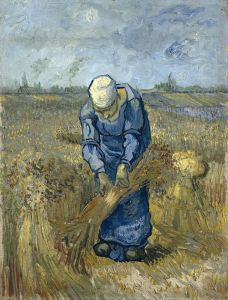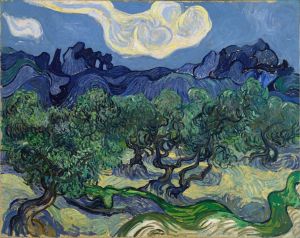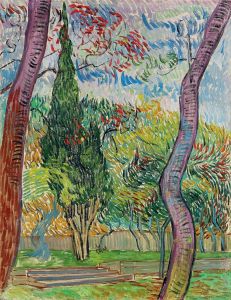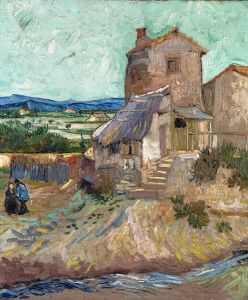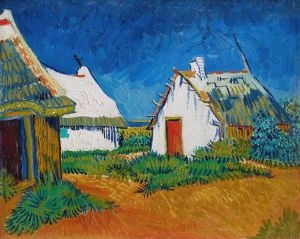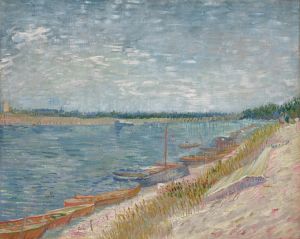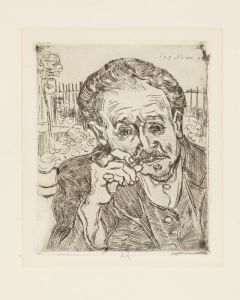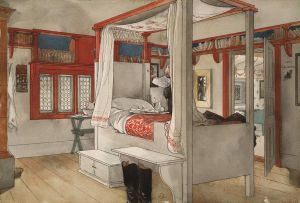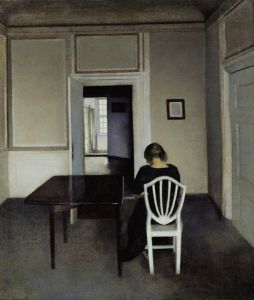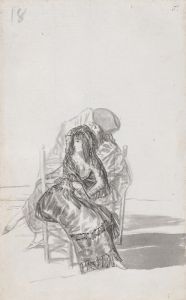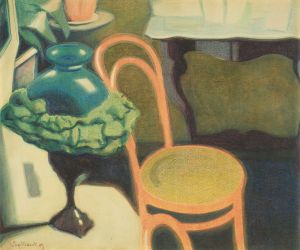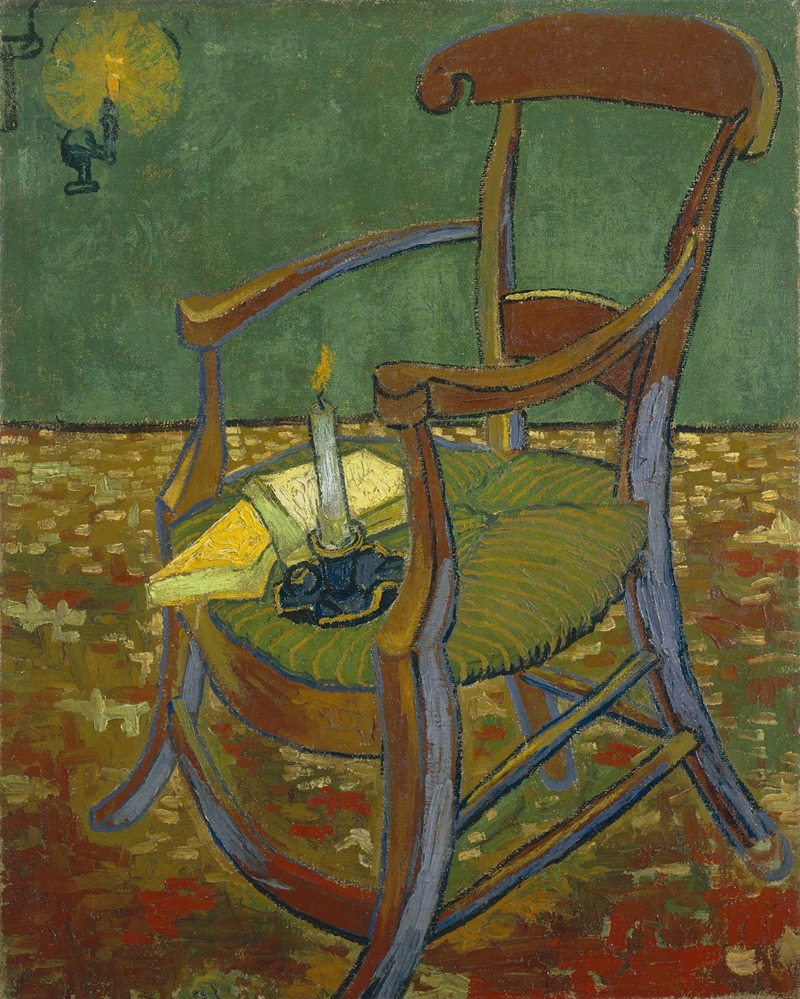
Gauguin’s Chair
A hand-painted replica of Vincent van Gogh’s masterpiece Gauguin’s Chair, meticulously crafted by professional artists to capture the true essence of the original. Each piece is created with museum-quality canvas and rare mineral pigments, carefully painted by experienced artists with delicate brushstrokes and rich, layered colors to perfectly recreate the texture of the original artwork. Unlike machine-printed reproductions, this hand-painted version brings the painting to life, infused with the artist’s emotions and skill in every stroke. Whether for personal collection or home decoration, it instantly elevates the artistic atmosphere of any space.
"Gauguin’s Chair" is an oil painting created by the Dutch post-impressionist artist Vincent van Gogh in 1888. This artwork is part of a pair of paintings, the other being "Van Gogh's Chair," both of which were completed during van Gogh's stay in Arles, France. These paintings are significant as they reflect van Gogh's relationship with fellow artist Paul Gauguin, who lived and worked with him for a brief period.
The painting "Gauguin’s Chair" measures 91.8 cm by 73 cm and is housed in the Van Gogh Museum in Amsterdam. It depicts a wooden armchair with a red cushion, set against a background of a yellow wall and a green floor. On the seat of the chair rests two novels and a lit candle, which are believed to symbolize Gauguin's intellectual pursuits and his presence in van Gogh's life. The use of vibrant colors and bold brushstrokes is characteristic of van Gogh's style during this period, showcasing his interest in capturing the emotional essence of his subjects.
Van Gogh painted "Gauguin’s Chair" in December 1888, shortly after Gauguin left Arles following a tumultuous collaboration with van Gogh. The two artists had initially hoped to establish an artists' community in Arles, but their differing temperaments and artistic visions led to frequent disagreements. The tension between them culminated in a dramatic incident in which van Gogh famously cut off part of his own ear. Gauguin's departure marked the end of their partnership, and van Gogh's subsequent mental health struggles were reflected in his work.
The contrasting elements in "Gauguin’s Chair" and "Van Gogh's Chair" are often interpreted as symbolic representations of the two artists' personalities and artistic approaches. While "Van Gogh's Chair" features a simple, rustic chair with a pipe and a pouch of tobacco, suggesting van Gogh's humble and introspective nature, "Gauguin’s Chair" is more ornate and intellectual, reflecting Gauguin's sophisticated and literary inclinations.
The paintings also highlight van Gogh's innovative use of color and composition to convey deeper meanings. The choice of colors in "Gauguin’s Chair" – the warm yellows and greens – creates a sense of warmth and light, yet the empty chair and the solitary candle evoke a feeling of absence and longing. This duality captures the complexity of van Gogh's feelings towards Gauguin and the impact of their brief but intense collaboration.
"Gauguin’s Chair" remains an important work in van Gogh's oeuvre, offering insight into his personal relationships and the emotional depth of his art. It stands as a testament to van Gogh's ability to infuse everyday objects with profound symbolic significance, a hallmark of his artistic legacy.





